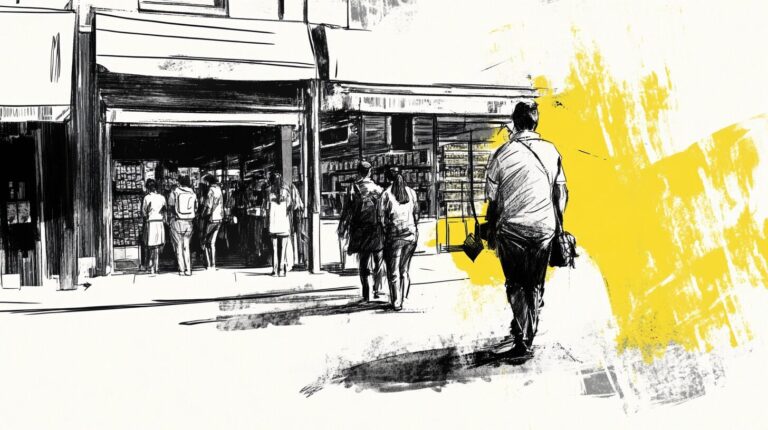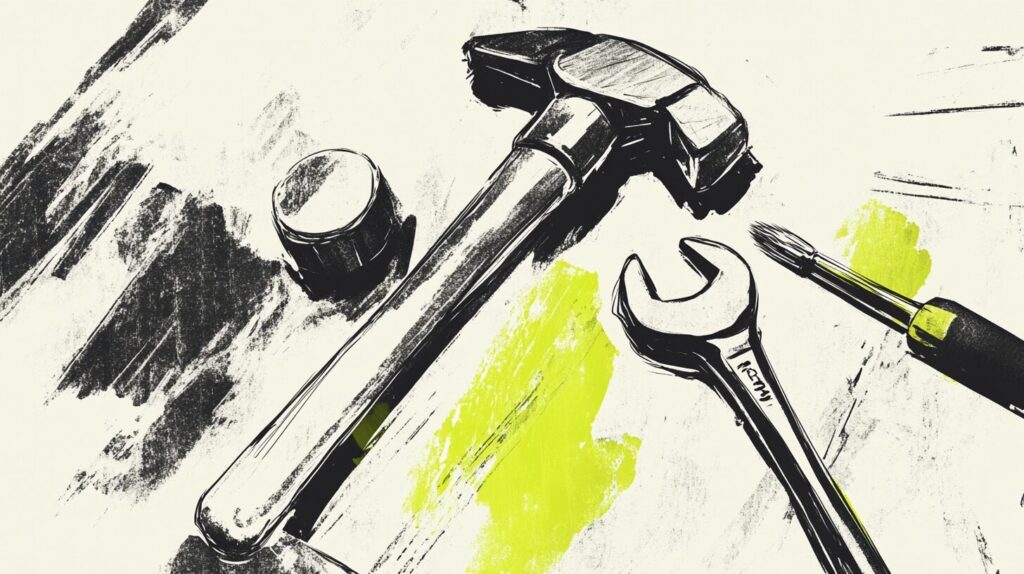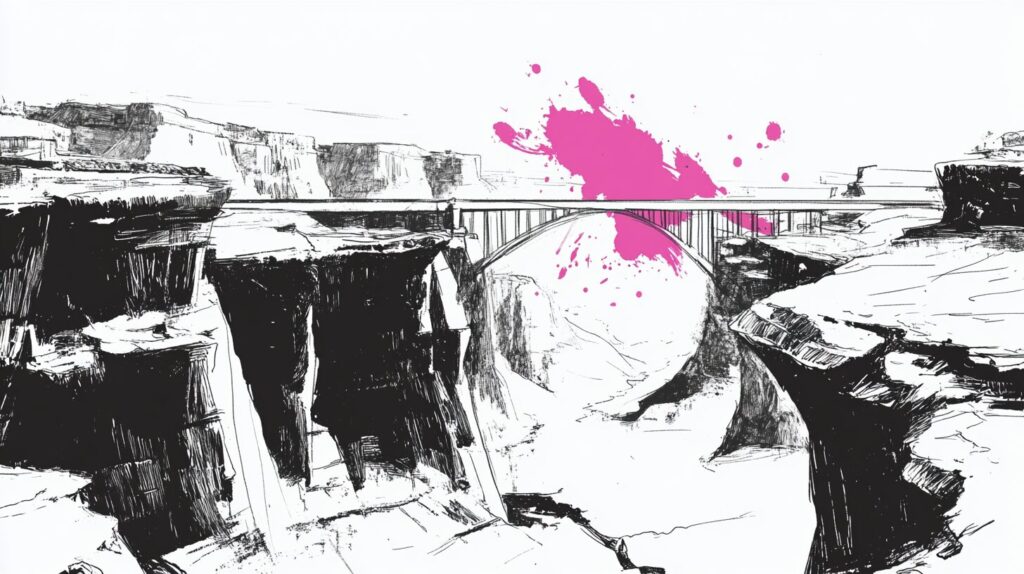We like to think change happens because someone makes a smart decision.
But most of the time? It happens because someone didn’t want to be left out.
That’s not a flaw in human nature—it’s a reminder to work with it.
If you’re trying to start something new, build momentum inside an organization, or shift behavior in your audience, don’t just make the case for change.
Create the conditions for it.
Why People Actually Change
People rarely move because of logic alone. They move because of affiliation (I want to be part of that) and status (I want to be seen as someone who gets it).
Whether it’s a new workplace policy or a creative trend, people look sideways—at peers, competitors, neighbors—to decide if they’re ready to jump in. The bigger the fear of missing out? Of being seen as the outsider? Not part of the tribe? The more likely they’ll act.
Tension Drives Action
Want people to move? Introduce just enough tension to make not acting feel riskier.
- “Best of” lists don’t just reward the winners—they quietly suggest “Your peers are here, where are you?”
- Public commitments push people to keep showing up.
- Visible recognition creates a feedback loop: if others see it, they want it too.
The best kind of tension isn’t shame-based—it’s aspirational.
It says: “People like us do things like this.”
Use Symbols and Stories
If you want change to spread, give people something to point to.
A badge. A list. A case study. A sticker on the helmet like Ohio State players earn for big plays.
These little markers do two big things:
- They give early adopters something to be proud of.
- They show others what’s possible.
Humans are social learners. Make the learning visible.
Build the Scene
Change is never just a solo act—it’s a scene. It occurs within community.
Your job is to organize the community that makes change inevitable.
Start with the willing.
Make the progress public.
Then step back and let the network do the work.
One Small Shift
What’s one change you’re trying to make right now—in your company, your community, or your creative work?
Ask:
- Who’s watching?
- What will make them want to be part of it?
- How can I turn this into something they’ll talk about?
Because if change is contagious, your job isn’t to push harder.
It’s to make catching it irresistible.
If you enjoyed this post, please consider sharing it with someone–the buttons below can help.
Thank you!




